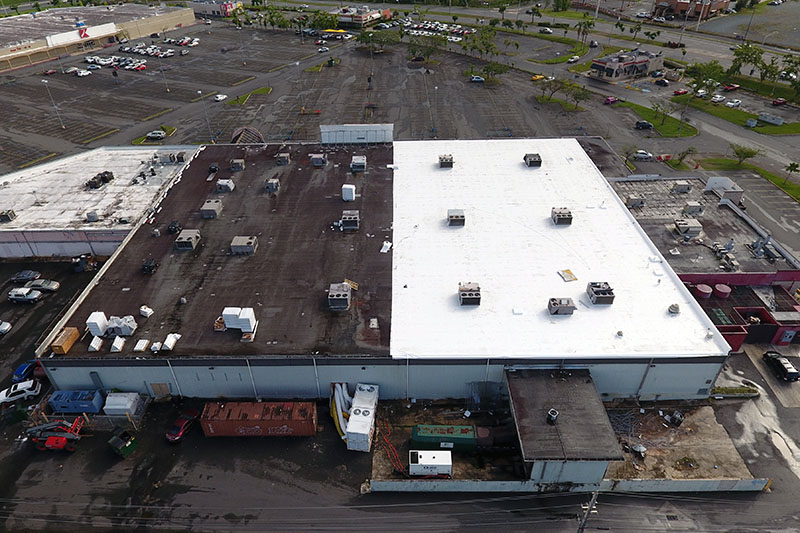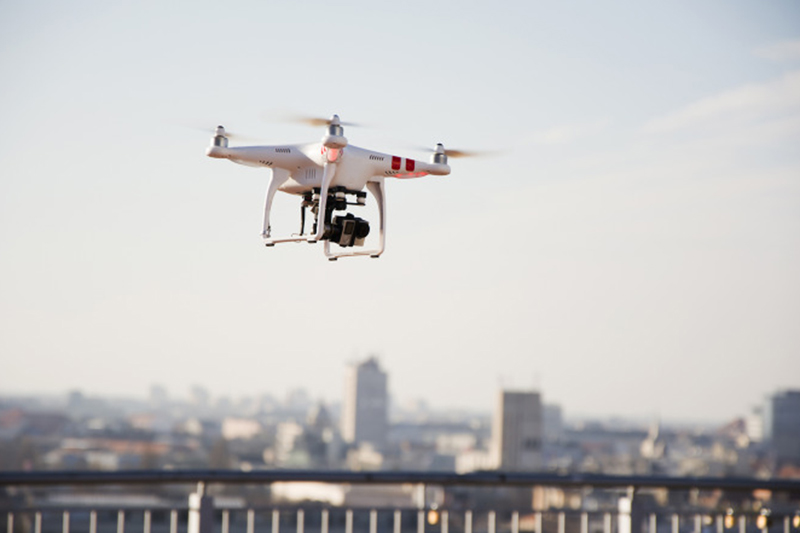
Although the great recession seems years in the past, the long-term ramifications of the downturn continue to generate problems for facility managers. One of the lingering symptoms was the deferment of rooftop maintenance. In fact, many facilities across the nation experienced deferred maintenance making rooftops age faster and leaving an enormous amount of repair and/or re-roof work in the hands of facility managers.
Deferred maintenance is maintenance, system upgrades, or repairs that are deferred to a future budget cycle or postponed until funding becomes available. That happened throughout the recession and in the years following as national and regional companies recovered. Now there are roofs in such bad repair that they cannot even be walked on. In fact, there are estimates that 60% of all re-roofing was deferred at the height of the recession, estimated at 210,000,000 square feet per year.
For national and regional corporations, who are looking to renew their roofing systems, one of the best strategies is a strong service and maintenance program with a national commercial roofing network; National Roofing Partners (NRP). Yet, many multi-building owners are still working with numerous contractors all providing information in different formats without a set process. It creates a disjointed approach to repairing and maintaining roofing systems. To truly begin rectifying failing or dysfunctional roofs, there must be a strong and consistent plan for inspections and review to determine a priority list for repairs or re-roof.
But unless there are strong inspections that layout good solutions, facility managers can be patching roofs that are no longer viable or may simply need different solutions. Working with a national network of commercial contractors with central communications makes it easy to begin laying out a plan of roof maintenance, service, and repair. It is important to build a relationship with your network so that they can not only provide a plan, budget, and ongoing service but can be there for you when you need that emergency help.
This last winter was the perfect example of success for corporations that were prepared and disaster for those that were not. When a national facility group, incorporates independent contractors for each building, they are taking many chances. First, it is hard to build a relationship with every company and those relationships are critical when there are incredible snow loads, rain or hail. By incorporating a service contract in advance with one national provider, the management team knows the one number to call when they need anything rooftop. They can protect their buildings quickly and securely.
A national network like NRP provides consistency. That consistency can pay off with the type and volume of materials needed on each roof. Although not all roofs are the same, with inspections and a priority plan, materials can be purchased for numerous buildings delivering volume pricing. Inspections and service will be executed the same on every building and the reports will be in the same format instead of a different report and data for each building.
A key for this type of consistency is the use of technology. For many when thinking of roofing, they may not think of high tech. But in today’s age, technology is everywhere including the roof. For excellent maintenance and service of the roof, technology has become one of the most important tools for roofing contractors and their national account customers. From smartphones to tablets, the men and women who are maintaining the integrity of roofing systems across the country rely on effective communication and information.
Roofing professionals are employing software to manage everything including project data, work order/invoicing processes and most importantly customer communication and document storage. Many facility managers have used the customer portals offered by leading commercial roofing networks. Maintenance portals play a significant role for facility managers, allowing them to see exactly what is happening on their roofs. Understanding that very few managers will have the opportunity to walk all their roofs, the customer portals provide a view of the roof that inspires confidence through ongoing communications, documentation and visual review. In fact, contractors can upload unlimited photos and video to the portals providing real-time documentation with every service or repair call.
Customer portals are also used for more than review. Facility managers can report a service request through the portal and track the status of the work. Email alerts help to keep all parties aware of updates or repair requirements. The future is the speed of delivery and that means mobile solutions. Facility managers should be looking for national networks that utilize mobile devices on the roof backed with strong cloud solutions to enable communications for service, inspections, and emergency services.
By utilizing custom inspection checklists, roof service teams can quickly communicate roof issues or concerns along with the progress of the repairs. Custom inspection reports include photos from the roof that correlate with early imagery or even satellite or aerial imagery to create a visual timeline for the facility manager. All of this is shared through the online customer portal providing an effortless way to distribute information to management, purchasing agents or building supervisors.
In working with technology leaders in the roofing industry, it is acknowledged that technology is no longer an option on the roof, it is mandatory. “At National Roofing Partners, we consider ourselves a technology company,” stated Dale Tyler, president of National Roofing Partners. “We have worked to develop systems focused on customer communication. To provide the best systems, service providers must have cutting-edge technology that functions effectively from the roof. Technology and mobile solutions allow our national network of commercial roofing contractors to be in contact faster and easier for rapid response and ongoing communications through the customer portals.”
When it comes to knowing what is on the roof, facility managers can get a good look by incorporating service plans that include the use of technology to create processes for inspection, service, maintenance and emergency response. Strong processes that are consistent, building-to-building, is the only way to be able to make good decisions preparing for upcoming budgets and emergency planning. Without the technology, the network, and the consistency, roof repairs will continue to be deferred or inappropriately prioritized leaving building owners and corporations at risk.
This blog first appeared in Facility Executive and can be viewed here.






